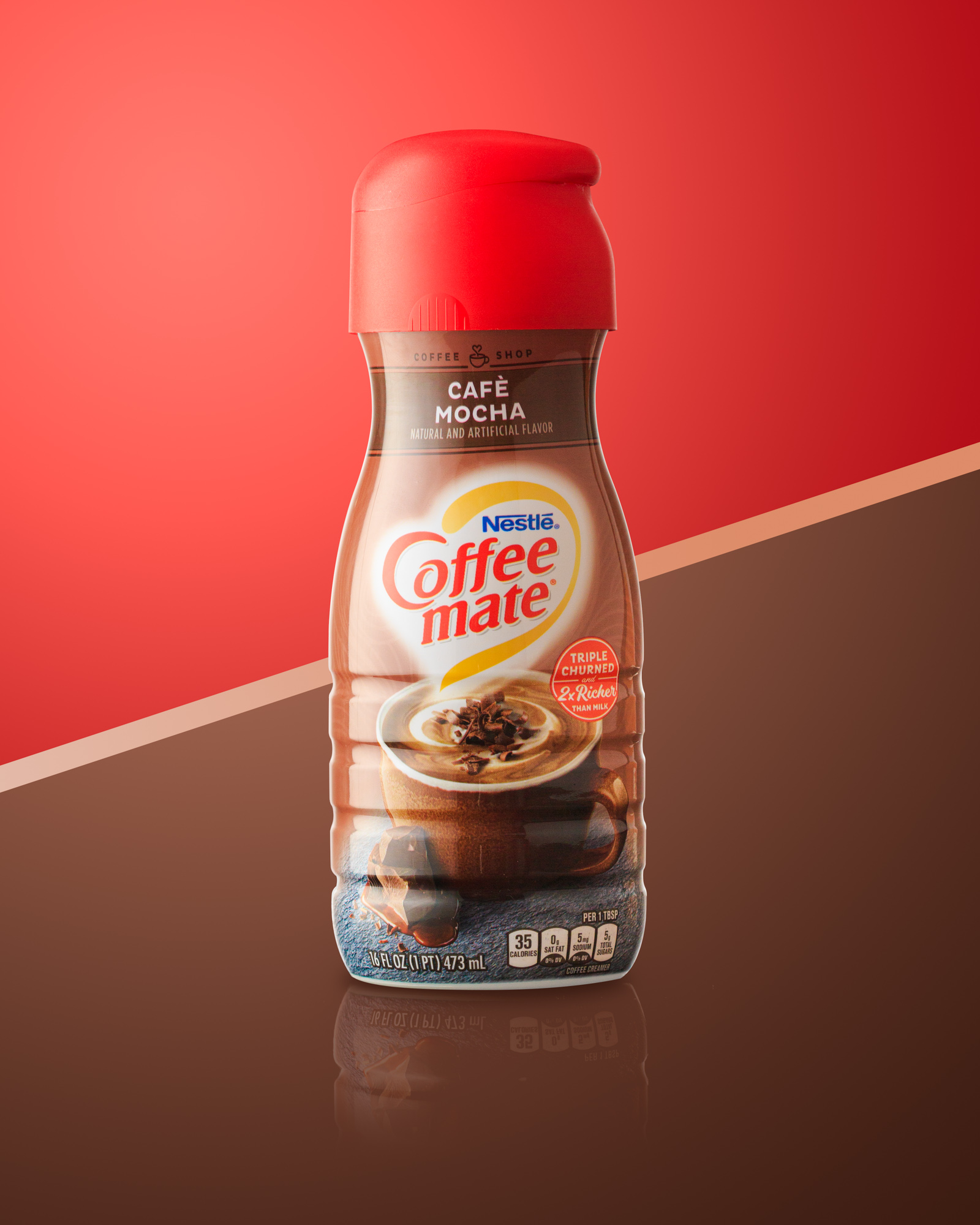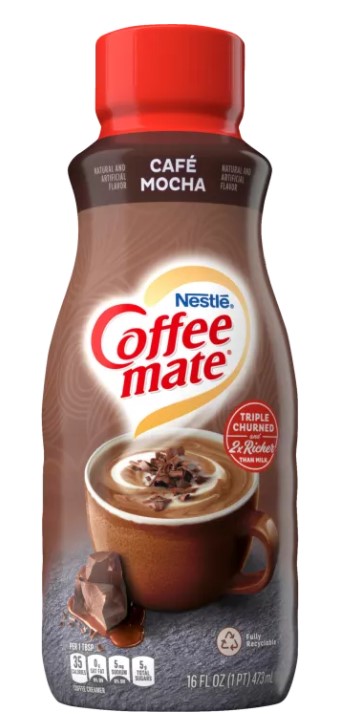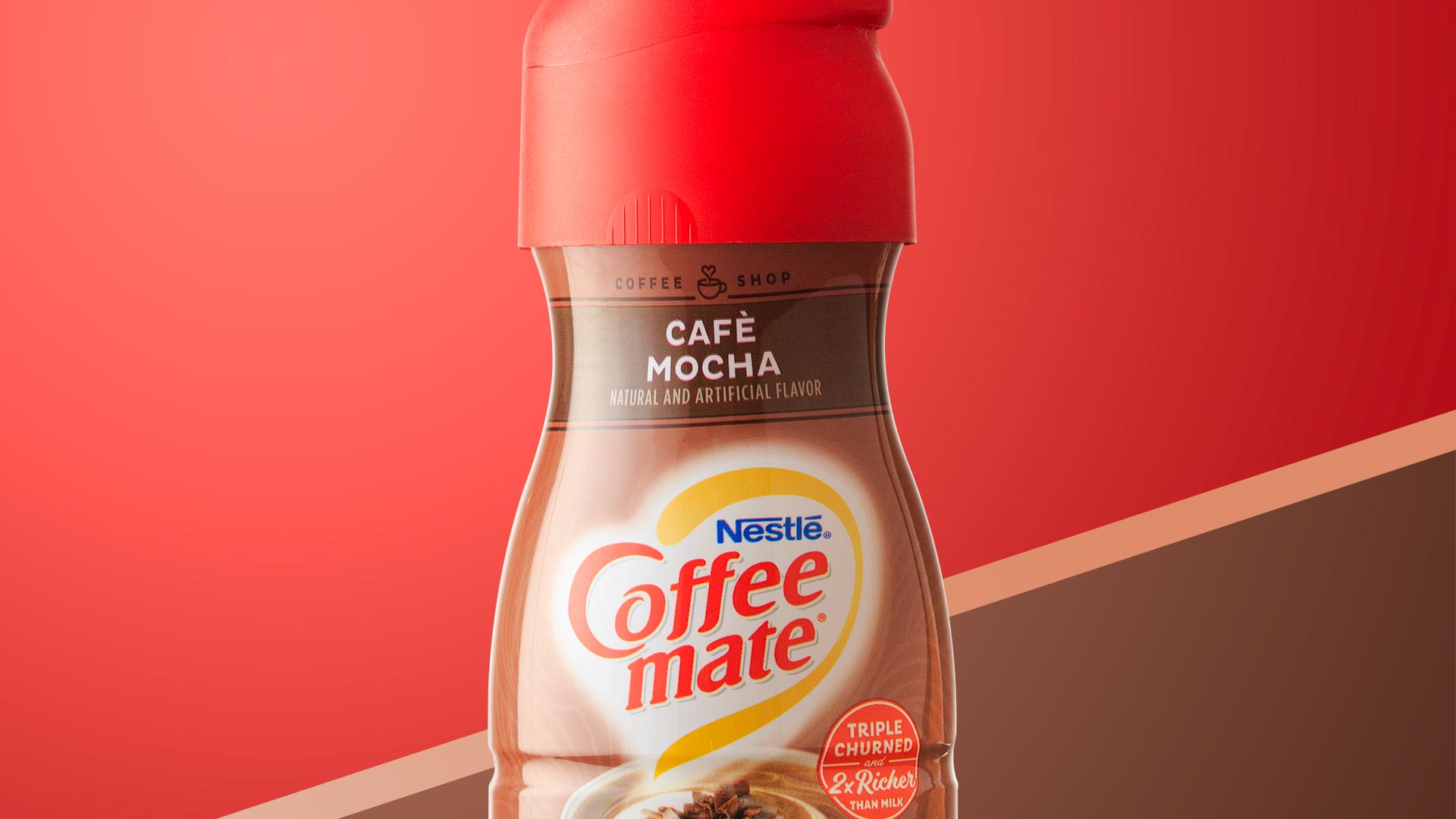Product Photos: Real bersus CGI
Since you’re hear reading this blog on a photographer’s website then I am sure you suspecting the answer will be something like, “CGI is fake garbage, real product photography will always be the right choice!”
What you may not know is that Photography is a bit of a side-gig for me and that my business card says, “Creative Director & Designer”. You see, I spend most of my days working for local and Silicon Valley based tech companies. That means I’ve worked with a lot of new product launches and in many of those cases it has been by my own hands that some of these products have been 3D modeled and rendered out to be placed on product packaging and marketing materials. So, then, what am I saying is here. Is CGI better than practical product photography? Well, not nessessilary.
The Case for CGI
First, let’s talk about the pros of CGI which drive most of the usage
- Can be cheaper to 3D model and render a product versus photograph it .
- Can be more practical to render a product depending on the final design concept.
- 3D renders can result in much more consistent depictions of the product.
- The actual product may not be physically ready to photograph.
These are the 4 main reasons why I have had to rely on CGI product photography in the past. A great product example to illustrate these points would be Apple’s line of iPhones. They have been 3D modeled for years at this point and those models have been put to great use. iPhones are almost never ready to be photographed until they are rolling off the production lines which usually isn’t that far ahead of the actual launch date, and the marketing for these phones has to start months in advance. Thus, this lack of physical products means that 3D models have a distinct advantage. And since nearly all high profile products are build and designed in 3D CAD programs, that means the 3D model is ready for use the moment the design has been finalized. Also, a product like the iPhone, which is fairly simple on the outside, means that you can create extremely realistic renders in a short amount of time. And as we all know, time is money.
Don’t count real product photos out!
Seems like, under most situations, CGI is the way to go, right? Well, not really. I think under nearly all situations practical product photos, taken in a studio with a physical product, produce better results that people can connect to in more natural ways. Our brains are very sophisticated and we know when something is “off”. We all love the huge blockbuster movie CGI experiences, but it’s the spectacle that wows us, it’s not like we’re actually being fooled into believing what we’re seeing is real. We know what’s fake when we see it. Where things become unsettling is when there are very subtle details that just don’t quite fit. You may not be able to put your finger on it right away, but something eats away at you while your brain tries to translate the image in front of you.
This is where real, practical photography, flourishes. When you see something real, there’s no question. Even more magical is when you see something that’s real and you think to yourself, “Wow, how did they do that!?” But product photos don’t have to be overdone to work their magic – they just have to be real. Here’s a case in point. I went to Coffee Mate’s website (I drink a lot of coffee) and noticed, quickly, that all of their products are rendered 3D models. I am sure they did this so they could have a lineup of completely consistent product images, but the result is, well, strange. When you look at their renders they just don’t stack up to the real-deal. The highlights look painted on (almost assuredly applied in post in Photoshop). In fact, the products look like they were rendered completely flat and that fake highlights we added to give the products their real-life cylindrical appearance.
I looked at this and thought to myself, “What if I tried to take a product photo instead, would it look better?” So that’s exactly what I set out to explore. Below are the comparisons.
Our Real Product Photo

Coffee Mate's Rendered Image

I don’t want to impress too many of my own feelings into what I want you to think about, but I want you to look at and compare these two photos and remember these following facts:
- Nothing is real in Coffee Mate’s official product image – it’s all constructed.
- Everything is real in our photo – the highlights, the shape, even the reflection – all real.
Now, look at the two and decide for yourself, which one do you want in your marketing?

